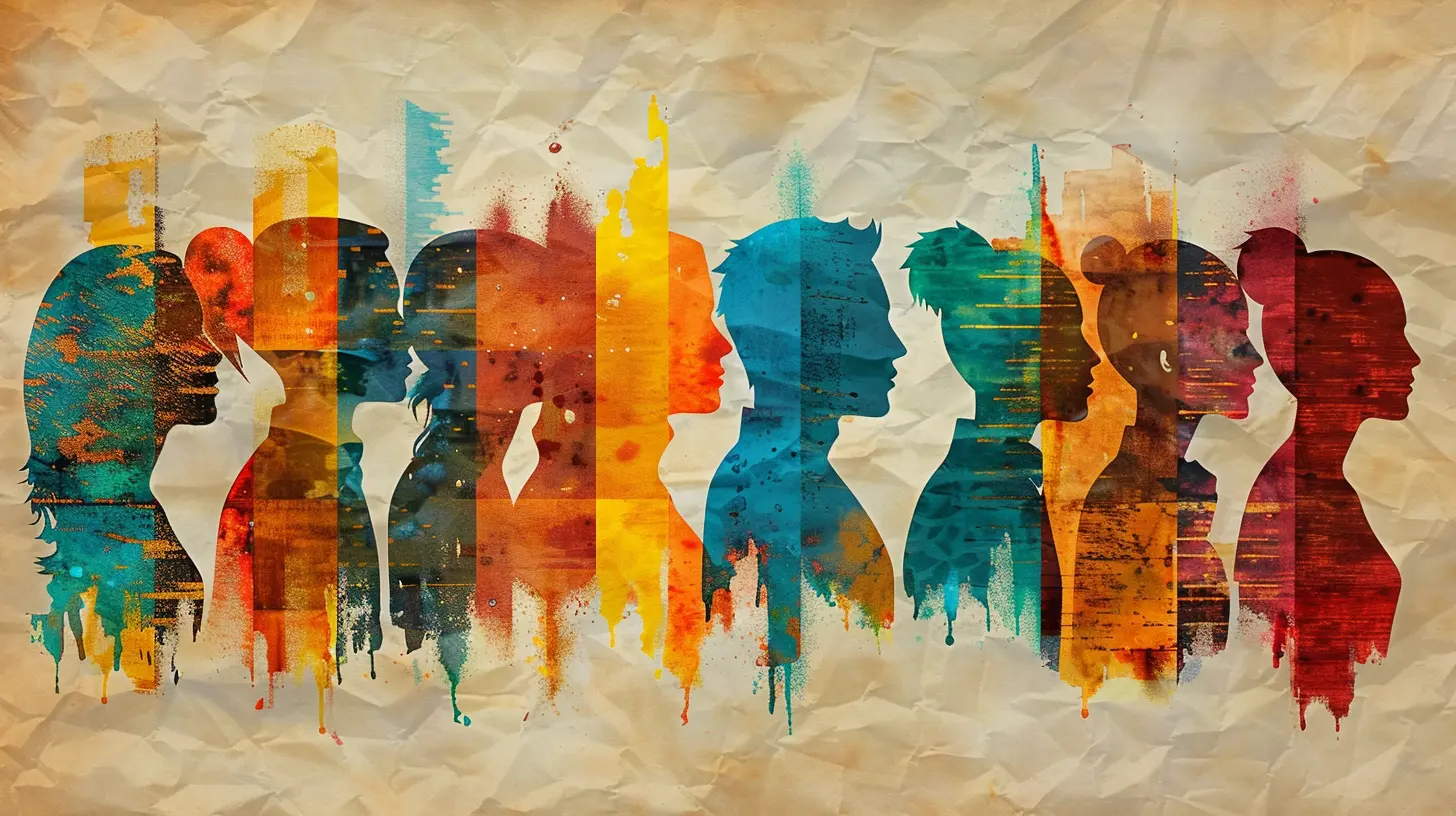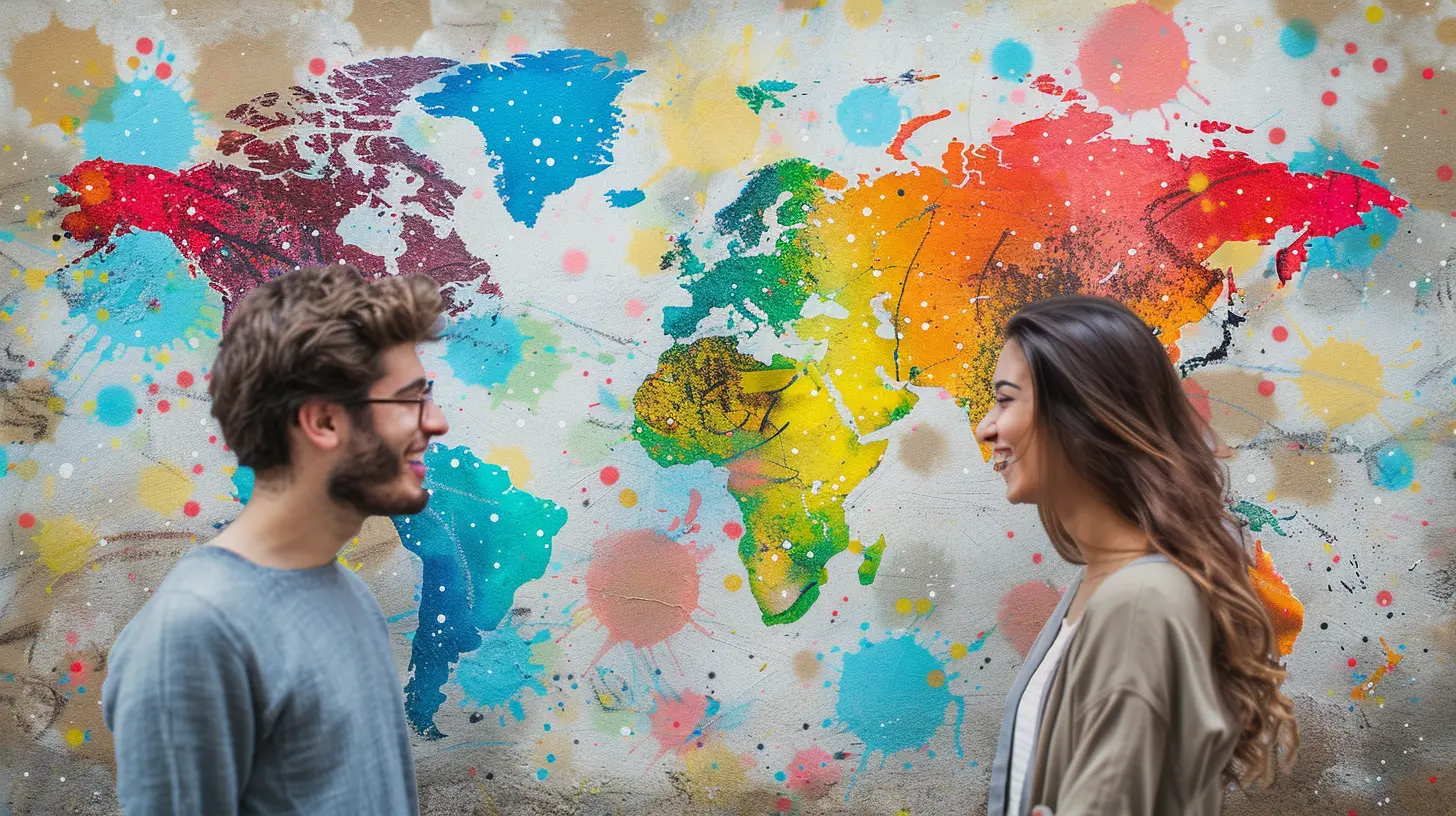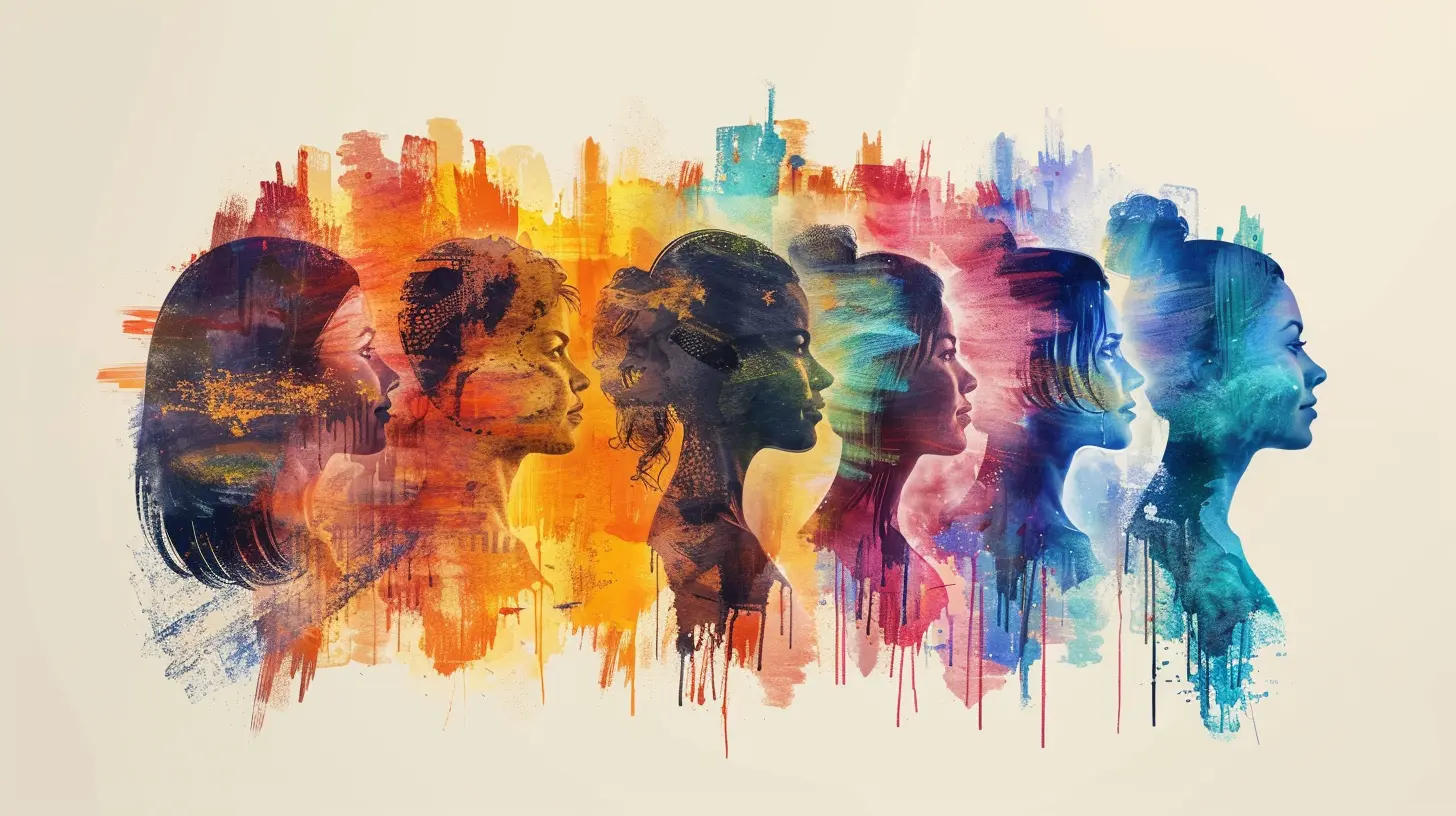The Importance of Cultural Awareness in Communication
19 October 2025
Ever found yourself lost in translation—not because of language, but because of cultural differences? Maybe you told a joke that landed completely wrong in another country, or perhaps you misinterpreted a gesture that meant something entirely different. Welcome to the world of cultural awareness in communication!
In today's globalized world, understanding cultural nuances isn't just a "nice-to-have" skill—it's a necessity. Whether you're working, studying, or simply interacting with people from different backgrounds, cultural awareness can make or break your relationships. So, let's dive into why it matters and how you can sharpen this crucial skill. 
What Is Cultural Awareness in Communication?
Cultural awareness in communication is all about understanding and respecting cultural differences to communicate effectively. Every culture has its own way of expressing emotions, using gestures, perceiving time, and even structuring conversations. Being aware of these differences helps prevent misunderstandings and fosters better connections.Think of it like traveling to a foreign country without knowing the local customs. If you don’t understand the norms, you might unintentionally offend someone. But with cultural awareness, you're equipped to navigate these interactions smoothly. 
Why Is Cultural Awareness Important?
1. Prevents Miscommunication
Ever heard of the saying, "It's not what you say, but how you say it?" Well, cultural awareness plays a huge role in this. Different cultures have varied ways of expressing themselves.For example:
- In Western cultures, direct communication is often appreciated. If someone disagrees, they'll say it outright.
- In Asian cultures, people may avoid saying "no" directly to maintain harmony.
Without cultural awareness, you might assume that someone who remains silent agrees with you—when in reality, they are just being polite!
2. Builds Stronger Relationships
Whether you're making friends, working in a multicultural office, or studying abroad, relationships are built on mutual respect. When you take the time to understand someone’s culture, you show them respect, making them more comfortable around you.Imagine if someone made an effort to learn your country's customs and traditions—wouldn’t you appreciate it? The same applies when you do the same for others.
3. Boosts Workplace Success
In the workplace, cultural awareness is a game-changer. Many companies operate internationally or have diverse teams, and understanding cultural differences can mean the difference between success and failure.For instance:
- Negotiating with a Japanese company? Silence may indicate deep thinking, not disinterest.
- Doing business in the Middle East? Building personal relationships comes before discussing business.
By being culturally aware, you avoid offending colleagues and increase collaboration.
4. Enhances Travel Experiences
Have you ever traveled somewhere and felt like a fish out of water because you unintentionally broke a social rule? A little cultural awareness goes a long way in making your travel experiences richer.Knowing how to greet people, whether to tip, or what gestures to avoid can make your interactions smoother and more enjoyable. Plus, locals appreciate when visitors respect their customs.
5. Promotes Inclusivity and Reduces Stereotypes
Let's be honest—stereotypes exist everywhere. However, cultural awareness helps break them down. Instead of making assumptions, you learn about people based on their values and experiences.This fosters inclusivity and encourages open-mindedness. The more we understand about each other's cultures, the less likely we are to judge unfairly. 
How to Develop Cultural Awareness
Now that you know why cultural awareness is essential, let’s look at how to improve it.1. Be Open-Minded
Openness is the key to understanding other cultures. Don’t immediately judge something as “weird” just because it’s different from what you're used to. Instead, approach it with curiosity.Ask yourself:
- Why do they do things this way?
- What can I learn from their practices?
2. Educate Yourself
There are plenty of ways to learn about different cultures:- Read books, watch documentaries, or listen to podcasts.
- Follow social media pages that share cultural insights.
- Take a cultural studies course (Many are available online for free!).
Knowledge is power, and the more you know, the easier it becomes to adapt to different cultural settings.
3. Engage with People from Different Backgrounds
The best way to understand a culture? Interact with the people who live it!- Make friends from different cultural backgrounds.
- Attend cultural festivals or events.
- Join online forums where people share cultural perspectives.
Real-life interactions give you firsthand experience and help you appreciate cultural diversity more deeply.
4. Learn Basic Cultural Etiquette
Small gestures go a long way. Even if you don’t master an entire language, knowing basic greetings or cultural do’s and don’ts can make a difference.For example:
- In Japan, bowing is a common greeting.
- In India, eating with your left hand is considered impolite.
- In Italy, a strong handshake and eye contact are signs of confidence.
These tiny details make a huge impact when interacting with people from different cultures.
5. Be Patient and Willing to Adapt
Cultural understanding doesn’t happen overnight. You might make mistakes along the way—and that’s okay! What matters is your willingness to learn and adapt. If someone corrects you, take it as a learning opportunity rather than criticism.And if you're ever unsure about something, just ask! Most people appreciate when someone is genuinely trying to understand their culture. 
Common Cultural Communication Barriers (And How to Overcome Them)
Even with cultural awareness, challenges can arise. Here are some common barriers and how to navigate them.1. Language Differences
- The Problem: Misinterpretations due to language barriers.- The Solution: Use simple language, avoid slang, and be patient when explaining things.
2. Non-Verbal Miscommunication
- The Problem: Gestures, eye contact, and body language mean different things in different cultures.- The Solution: Learn the key non-verbal cues of the culture you’re interacting with.
3. Stereotyping and Assumptions
- The Problem: Assuming that all people from a particular culture behave the same way.- The Solution: Treat every individual as unique and avoid generalizations.
4. Different Communication Styles
- The Problem: Some cultures are more expressive, while others are more reserved.- The Solution: Pay attention to social cues and adjust your approach accordingly.
Final Thoughts
Cultural awareness in communication isn’t just for international businesspeople or world travelers—it’s for everyone. Whether you’re chatting with a classmate from overseas, working in a diverse office, or even just watching foreign films, understanding cultural differences enhances your experience.At its core, cultural awareness is about respect and empathy. When we strive to understand others, we break down barriers, build meaningful connections, and become better global citizens.
So, next time you interact with someone from a different background, take a moment to appreciate their culture. Who knows? You might just learn something amazing!
all images in this post were generated using AI tools
Category:
Communication SkillsAuthor:

Zoe McKay
Discussion
rate this article
1 comments
Upton Huffman
Cultural awareness enriches communication by fostering empathy and understanding. It minimizes misunderstandings and cultivates respect, essential for collaboration in our increasingly diverse world, ultimately enhancing both personal and professional relationships.
October 25, 2025 at 10:54 AM

Zoe McKay
Thank you for your insightful comment! I completely agree—cultural awareness is indeed vital for fostering empathy, reducing misunderstandings, and enhancing relationships in our diverse society.


